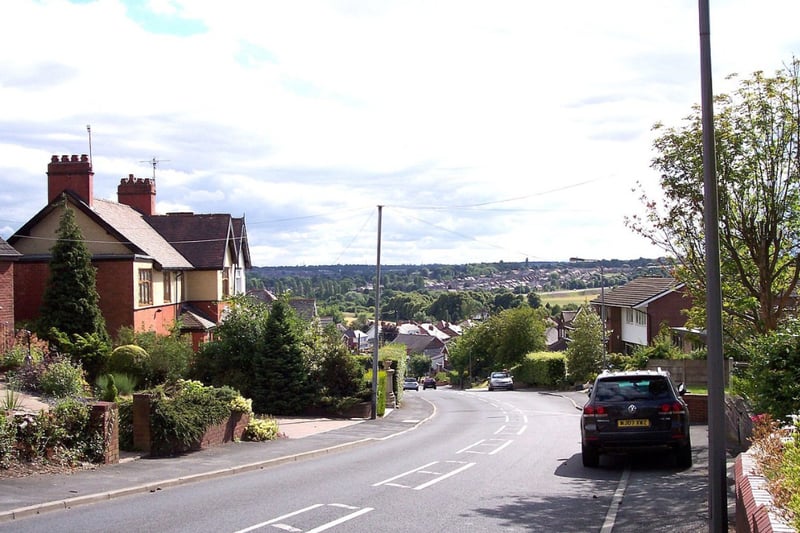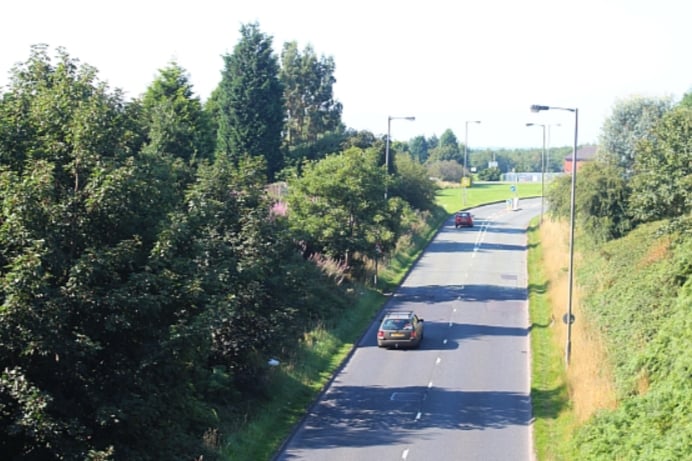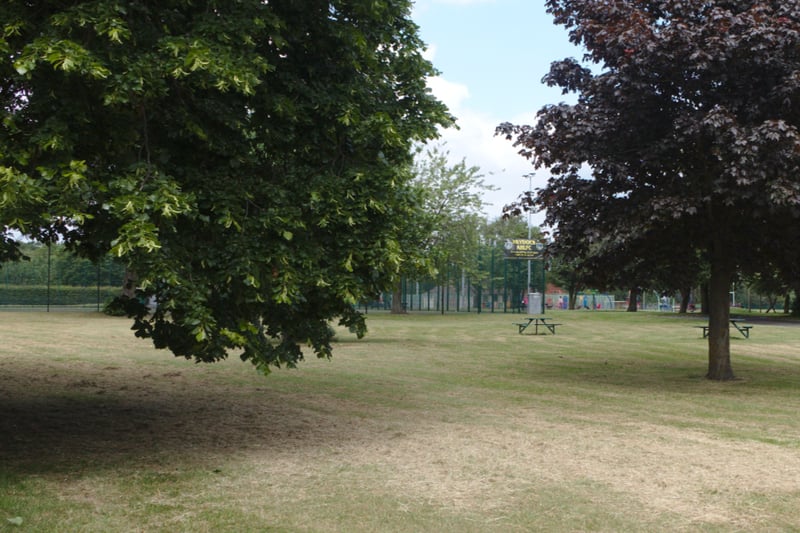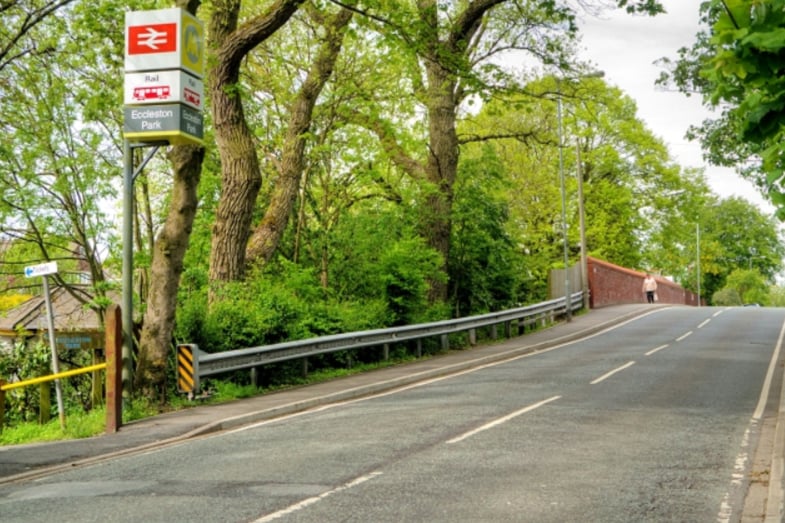New research has revealed that there is major disparity in tree cover across England, and Merseyside. Using the latest technology to examine tree numbers across England, Friends of the Earth have revealed the woeful state of the nation’s tree cover and the striking contrast in their prevalence across the country.
The analysis, carried out by mapping experts Terra Sulis on behalf of the environmental campaigners, used laser imaging to identified lone trees and street trees, for the first time. Previous research accounted only for trees in woodlands and those clustered in smaller groups.
The findings show that 43% of neighbourhoods in England have less than 10% tree canopy cover, while a whopping 84% have less than 20% coverage.
The research also found that neighbourhoods that rank lowest on the Index of Multiple Deprivation – a measure that evaluates social disadvantage in the UK – have far fewer trees than the wealthiest neighbourhoods.
But, how does St Helens compare? Here, we reveal the St Helens neighbourhoods with the highest tree cover.

1. Moss Bank
Moss Bank had the highest tree canopy in St Helens, with 24.4% of the area covered by trees.

2. Haydock West
Haydock West had the second highest tree canopy in St Helens, with 19.9% of the area covered by trees.

3. Haydock East
Haydock East had the third highest tree canopy in St Helens, with 18.0% of the area covered by trees. Photo: Phil Nash via Wikimedia

4. Eccleston Park
Eccleston Park had the fourth highest tree canopy in St Helens, with 17.9% of the area covered by trees. Photo: David Dixon via Wikimedia
